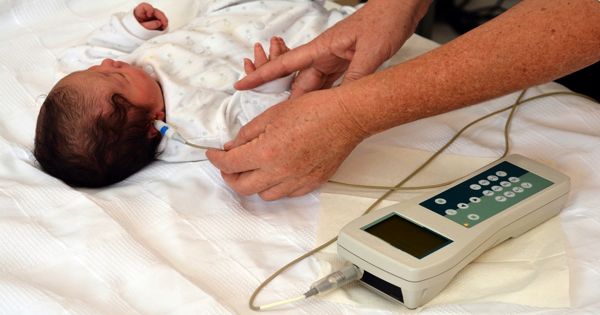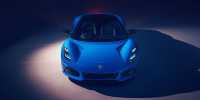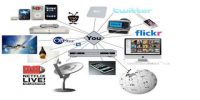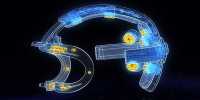Hearing assessment may help to identify autism in newborns
One day a regular hearing test will be used to diagnose autism in newborns. Researchers have understood for years, through various trials, that auditory and other sensory mechanisms in adults and adolescents with autism vary from children or adults without autism. A hearing test conducted on millions of babies around the world could be able to detect who may inherit autism spectrum disorder only days after birth.
Babies who are later diagnosed with autism have a significantly delayed brain response to a prenatal hearing test than non-autistic babies do, according to a recent report. Today, researchers at the University of Miami and Harvard Medical School, who have been investigating the responses to the regular hearing test given to millions of newborns around the world, are closing in on a method to diagnose early autism indicators-perhaps as early as birth. The results indicate that a screen called the auditory brainstem response (ABR) test could one day help clinicians diagnose autism in children, says researcher Oren Miron, a research associate in biomedical informatics at Harvard University.
Researchers report the ABR hearing test given to newborns to detect auditory problems could be adapted to identify infants at risk of autism spectrum disorder.
Early diagnosis of autism may make it easier for younger children to start treatments or other therapies at a critical time of growth that may have life-long effects. As reported in Autism Studies, the results could guide further research and pave the way for assessments that could help classify newborns at high risk of autism by using traditional hearing tests. Researchers note that such assessments are now used routinely and extensively to screen newborns for hearing damage. The tests function by testing the auditory brainstem response (ABR), which determines how well the inner ear and brain of the baby respond to the sound.
“We’re not at the point just yet where we’re telling clinicians to use ABR testing as a determinant for autism in babies,” said study co-author Elizabeth Simpson, an associate professor in the College of Arts and Sciences’ Department of Psychology, whose research focuses on understanding infant social cognitive development. “But we are saying that this study presents a promising direction in how ABR testing can be used as a method for precise autism detection at birth.”
“The importance for diagnosing autism early during infant and child development, when interventions can have the most impact, cannot be overstated,” said lead author Oren Miron, a research associate at the Department of Biomedical Informatics at Harvard Medical School. “Any additional tool that could clarify diagnostic clues would be invaluable in that regard.”
For the report, researchers analyzed large databases of Florida children tested for hearing damage using ABR checks. Typically done in the maternity ward, the experiments allow electronic recordings of the auditory nerve activity of babies who are exposed to sounds emitted by electrodes mounted on their scalps. The test tone is very soft and can be done when the children are sleeping.
The research team analyzed almost 140,000 recordings of children born in Florida and matched the data with the Florida Department of Education records of children with developmental disabilities. In the end, they found that newborns who were later diagnosed with autism had slower brain reactions to sound during their ABR tests.
“Within the dataset, we used from the Department of Education records of children who had autism, we saw how many we could match up from the ABR test screenings,” Simpson said. “We located 321 children who had ABR test screenings taken when they were newborns and who were later diagnosed with autism by preschool age.”
With further investigation, experts are planning to add more layers to the ABR screenings so that clinicians can use them not only to help grasp the hearing and autism risk of a child, but also other developmental problems—such as voice, speech disorder, and Sudden Infant Death Syndrome—that may occur later.
“We know autism spectrum disorder is connected to how children process sound, so even if the child’s hearing is normal, it can still be processed differently,” Simpson added. “With a better understanding of how ABR testing can be used to identify at-risk babies, we can flag children who might be at risk.”
In addition to Simpson and Miron, the interdisciplinary team of researchers on the study, “Prolonged Auditory Brainstem Response in Universal Hearing Screening of Newborns with Autism Spectrum Disorder,” include Kun-Hsing Yu and Isaac Kohane from Harvard’s Department of Biomedical Informatics; Rafael Delgado, Christine Delgado, Anibal Gutierrez, and Guangyu Zeng, from the University of Miami; and Jillian N. Gerstenberger from MEDNAX, Inc., Pediatrix Medical Group.














